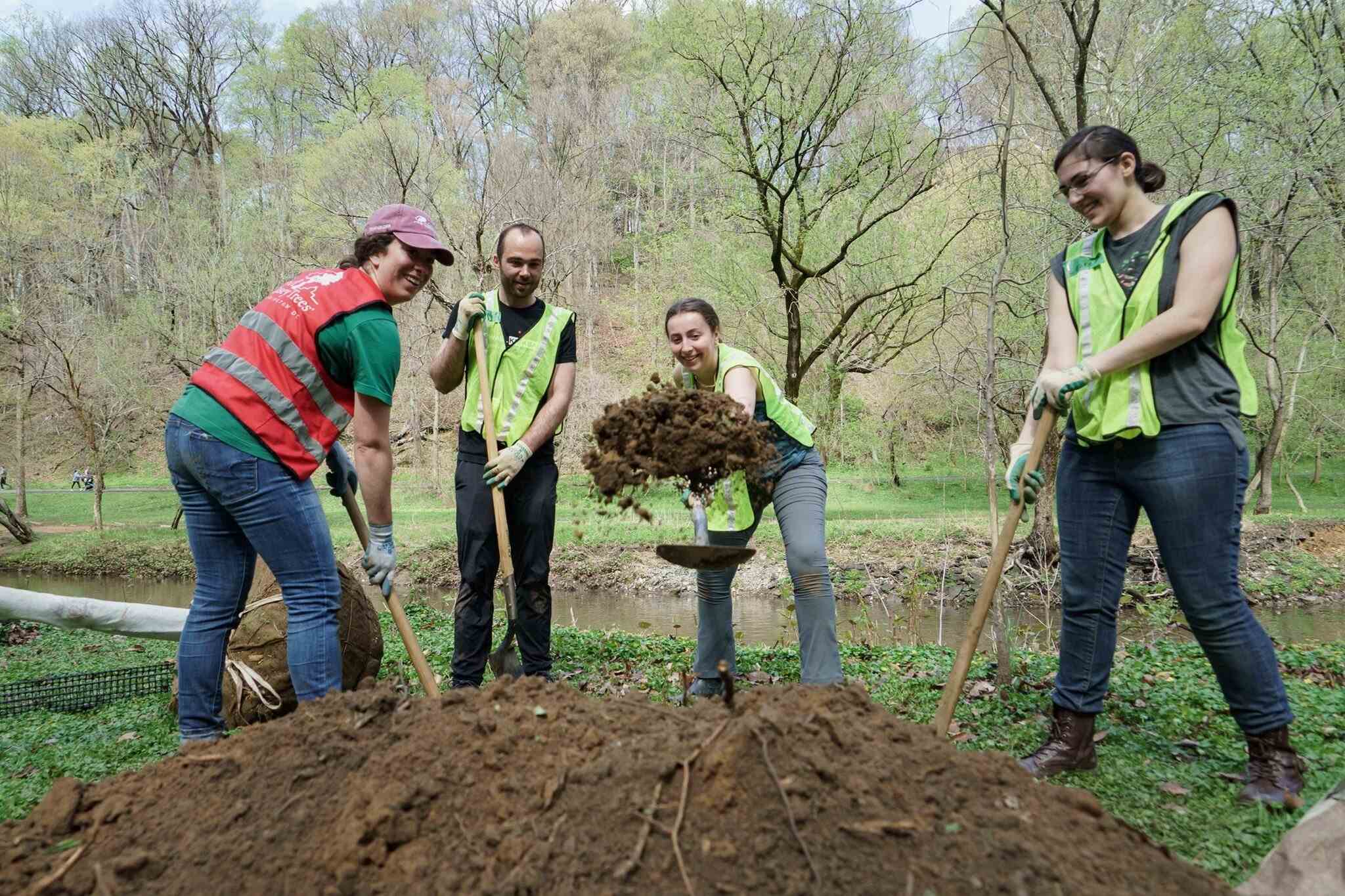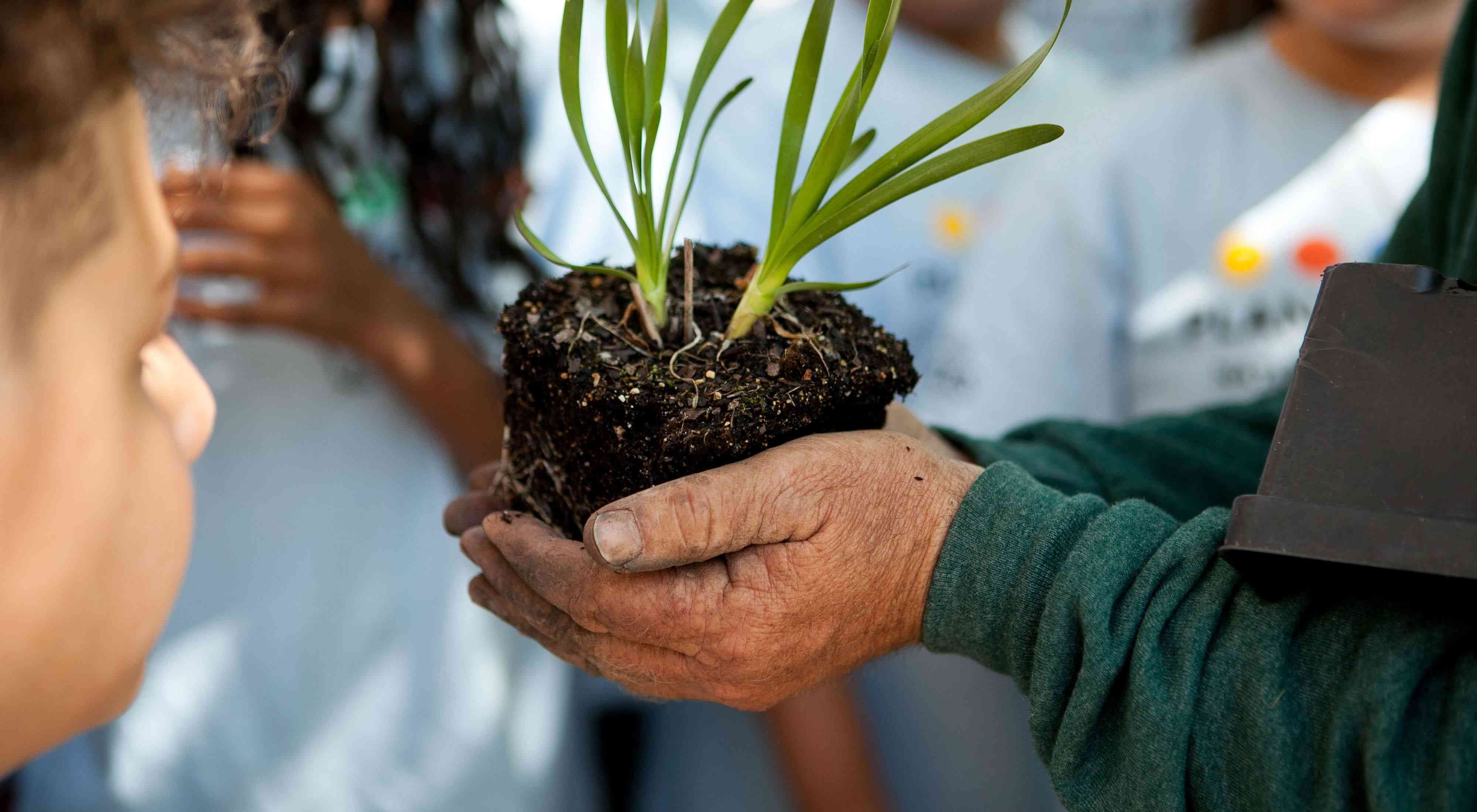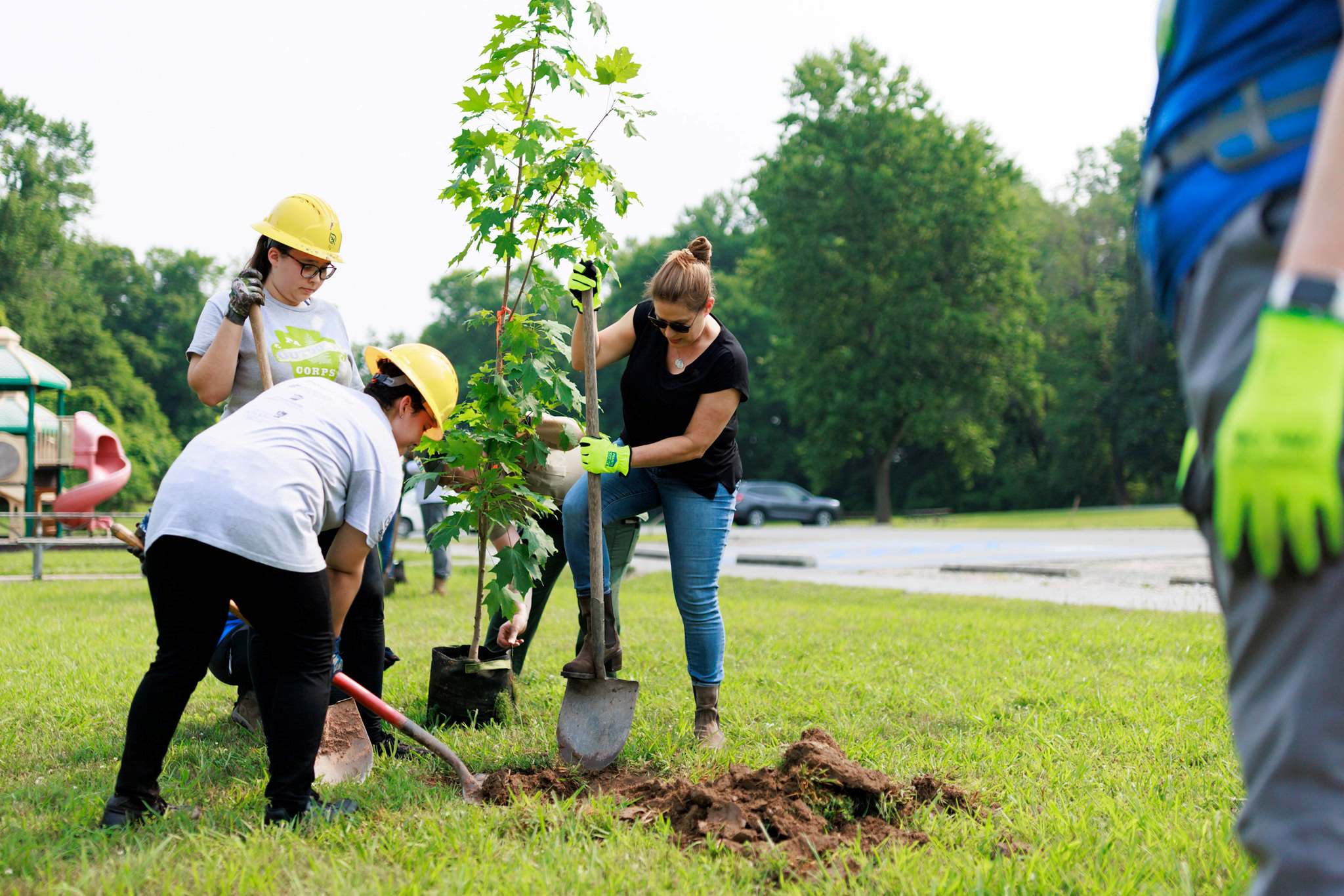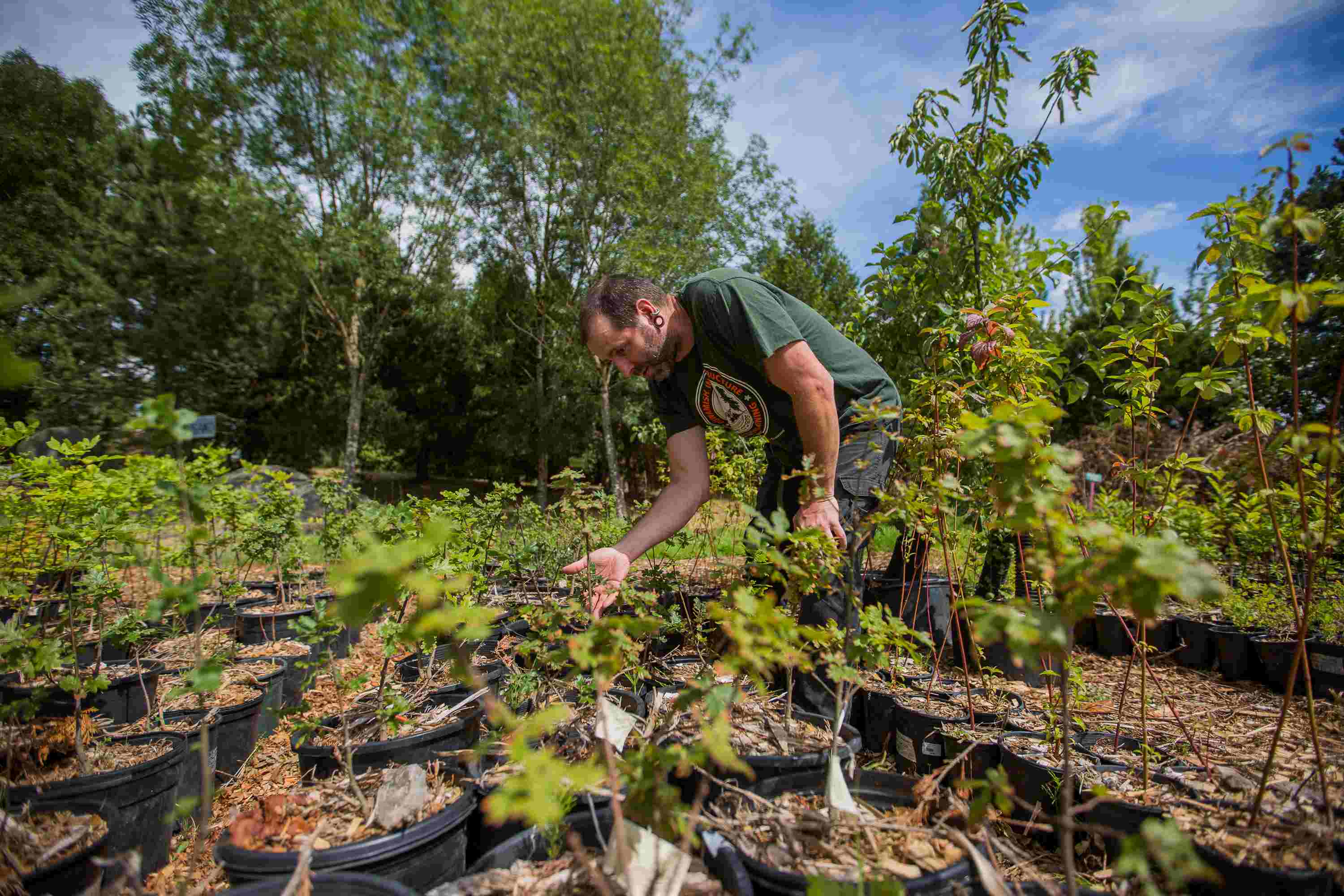Home>Gardening Basics>Understanding Soil>What Planting Zone Is Tennessee In
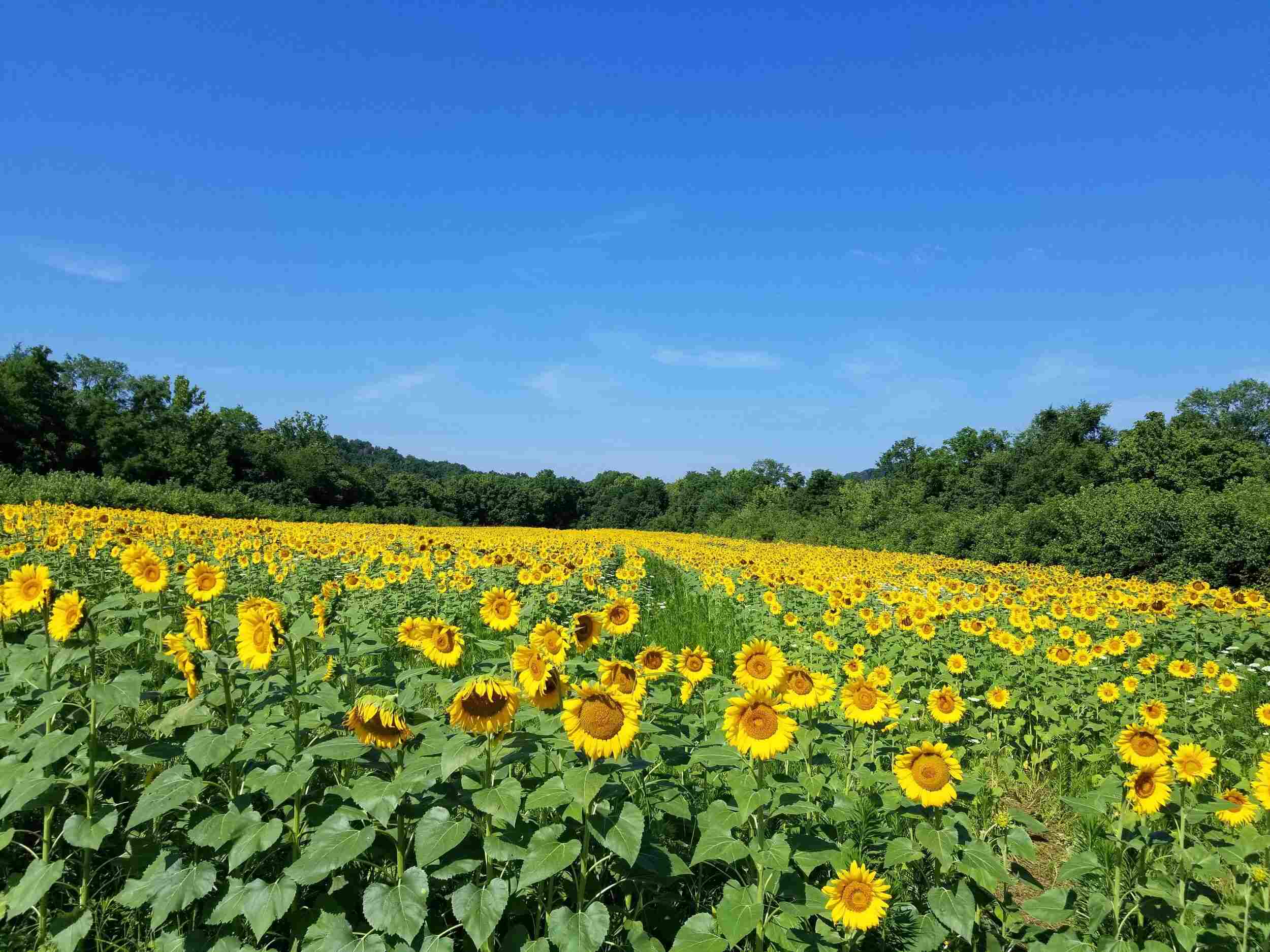

Understanding Soil
What Planting Zone Is Tennessee In
Modified: January 22, 2024
Discover the ideal planting zone for Tennessee and gain a deeper understanding of soil composition for successful gardening.
(Many of the links in this article redirect to a specific reviewed product. Your purchase of these products through affiliate links helps to generate commission for Chicagolandgardening.com, at no extra cost. Learn more)
Table of Contents
Introduction
Welcome to the world of gardening! Whether you’re an avid gardener or just starting out, understanding soil and its importance is crucial for successful plant growth. Soil is not just a combination of dirt and rocks; it’s a living ecosystem that provides plants with essential nutrients, moisture retention, and a stable foundation for roots to grow. As an SEO expert with deep knowledge of soil, I am here to guide you through the fascinating world beneath our feet.
From determining the right planting zones to selecting appropriate plants, there’s a lot to consider when it comes to gardening. Ensuring that you optimize your content for search engines while still providing engaging and informative articles is key. With my expertise, I will help you create a comprehensive and optimized article that will both educate and captivate your readers.
In this article, we will focus on understanding planting zones and how they relate to Tennessee’s climate. We will explore the significance of soil in gardening and discuss the factors that determine Tennessee’s planting zone. Furthermore, I will provide you with a planting zone map specific to Tennessee, along with suggestions for plants that thrive in each zone. By the end of this article, you will have a solid foundation of knowledge to make informed decisions about gardening in Tennessee.
So, let’s dig deeper into the world of soil, planting zones, and the beautiful state of Tennessee. Get ready to grow green thumbs and create a flourishing garden that will impress both your neighbors and search engines!
Understanding Planting Zones
Before we delve into Tennessee’s specific planting zone, let’s understand what planting zones are and why they are essential for successful gardening. Planting zones, also known as hardiness zones, are geographical areas that categorize regions based on their average annual minimum temperature. These zones help gardeners determine which plants are best suited to their specific climate.
Each planting zone is assigned a numerical value, ranging from 1 to 13, with zone 1 being the coldest and zone 13 being the warmest. These zones provide valuable information about the types of plants that can withstand the minimum temperatures in a particular region. By understanding your planting zone, you can select plants that are adapted to your climate, increasing the chances of successful growth.
Planting zones take various factors into consideration when determining the appropriate zone for an area. In addition to average minimum temperatures, factors such as elevation, proximity to large bodies of water, and prevailing winds can also influence the microclimates within each zone.
Understanding planting zones is essential for several reasons. First, it helps you choose plants that are most likely to thrive in your specific climate, ensuring the best chances of success. Second, it helps you determine the appropriate planting times, as different plants have different temperature requirements.
By using the planting zone information, you can determine the average last frost date in the spring and the first frost date in the fall, allowing you to plan your gardening activities accordingly. This information is particularly crucial for delicate plants that cannot withstand frost.
Now that we have a solid understanding of planting zones, let’s explore how Tennessee’s climate influences its specific planting zone.
Tennessee’s Climate
Tennessee is located in the southeastern region of the United States and experiences a humid subtropical climate. The state’s climate is characterized by hot and humid summers, mild winters, and ample rainfall throughout the year. Understanding Tennessee’s climate is crucial for determining its specific planting zone and selecting plants that will thrive in this environment.
Summers in Tennessee are typically hot and humid, with average temperatures ranging from the high 80s to low 90s Fahrenheit (around 31-35 degrees Celsius). The humidity levels can be quite high, which can affect plant growth and make the air feel even hotter. It’s important to select plants that can tolerate the heat and humidity, ensuring they can thrive during the summer months.
Winters in Tennessee are generally mild, with average temperatures ranging from the mid-30s to mid-40s Fahrenheit (around 1-7 degrees Celsius). While snowfall is infrequent in most parts of the state, some areas, especially in the eastern regions, may experience occasional snowfall during the winter months. Understanding the average winter temperatures is crucial for selecting plants that can withstand the occasional cold snap that may occur.
Precipitation in Tennessee is relatively evenly distributed throughout the year, with an annual average of around 50 inches. This consistent rainfall provides ample moisture for plant growth but can also result in excessively wet conditions, especially during the spring months. Proper drainage and selecting plants that are tolerant of moisture will help ensure the success of your garden in Tennessee.
Overall, Tennessee’s climate offers a favorable environment for a wide range of plant species. From vibrant flowers to luscious vegetables, there are plenty of options to choose from when planning your garden in the state.
Now that we have a good understanding of Tennessee’s climate, let’s explore how to determine the specific planting zone for your area.
Determining Tennessee’s Planting Zone
Determining the planting zone for your specific location in Tennessee is essential for selecting plants that are well-suited to your climate. Several factors contribute to Tennessee’s varied planting zones, including elevation, topography, and proximity to bodies of water.
The United States Department of Agriculture (USDA) has developed a standardized system for determining planting zones across the country. This system, known as the USDA Hardiness Zone Map, divides the United States into 13 zones based on the average annual minimum temperature.
To find the specific planting zone for your area in Tennessee, you can refer to the USDA Hardiness Zone Map. This map provides a visual representation of the different planting zones across the state. Simply locate your city or town on the map, and you will be able to identify your specific planting zone.
It’s important to note that the USDA Hardiness Zone Map is not the only factor to consider when determining your planting zone. Local climate factors such as elevation and proximity to large bodies of water can create microclimates that may differ slightly from the general zone classification. Therefore, it’s always a good idea to consult with local gardening experts, extension offices, or experienced gardeners in your area to get more precise information about your specific location’s planting zone.
Once you have determined your planting zone, you can confidently select plants that are known to thrive in that specific zone. This ensures that you choose plants that can withstand the minimum temperatures of your region and have the best chances of success.
Now that you understand how to determine your planting zone in Tennessee, let’s take a closer look at the specific planting zones within the state.
Planting Zone Map for Tennessee
Tennessee is divided into several planting zones, each with its own specific characteristics and temperature ranges. By referring to the Plant Hardiness Zone Map for Tennessee, you can determine the ideal plants to grow in your area based on the average annual minimum temperature.
The USDA Hardiness Zone Map for Tennessee divides the state into four primary planting zones: Zone 6a, Zone 6b, Zone 7a, and Zone 7b. These zones cover different parts of the state and provide valuable information for selecting plants that will thrive in your specific area.
Zone 6a encompasses the northernmost regions of Tennessee, including cities such as Bristol, Kingsport, and Johnson City. This zone experiences colder temperatures compared to the southern parts of the state. The average minimum temperature in Zone 6a ranges from -10°F to -5°F (-23°C to -21°C).
Zone 6b covers a large portion of central Tennessee, including Nashville, Clarksville, Murfreesboro, and Cookeville. The average minimum temperature in this zone ranges from -5°F to 0°F (-21°C to -18°C).
Zone 7a includes areas of eastern Tennessee, including Knoxville, Oak Ridge, and Maryville. This zone experiences milder winters, with average minimum temperatures ranging from 0°F to 5°F (-18°C to -15°C).
Zone 7b covers the southeastern tip of Tennessee, including Chattanooga and Cleveland. This zone has slightly warmer winters compared to Zone 7a, with average minimum temperatures ranging from 5°F to 10°F (-15°C to -12°C).
It’s important to remember that these zones provide general guidelines, and local factors such as elevation and microclimates can influence the conditions in your specific area. Therefore, it’s always beneficial to consult with local gardening experts or experienced gardeners who have firsthand knowledge of the climate in your location.
By referring to the Plant Hardiness Zone Map for Tennessee, you can confidently select plants that are suitable for your specific planting zone and increase your chances of gardening success.
Now that you have a better understanding of the planting zone map for Tennessee, let’s explore some recommended plants for each zone.
Recommended Plants for Tennessee’s Planting Zones
Tennessee’s diverse climate and planting zones offer a wide range of plant options for gardeners. Whether you’re looking to grow colorful flowers, tasty fruits and vegetables, or lush foliage, there are plenty of recommended plants for each of Tennessee’s planting zones.
In Zone 6a, which experiences colder temperatures, consider planting cold-hardy vegetables such as kale, broccoli, Brussels sprouts, and cabbage. Perennial flowers like peonies, irises, and daylilies also thrive in this zone. For fruits, strawberries and currants are excellent choices.
Zone 6b, with slightly milder winters, allows for a broader selection of plants. You can grow herbs like rosemary, thyme, and sage, as well as cold-tolerant vegetables such as carrots, radishes, and lettuce. Spring-blooming flowers like daffodils and tulips bring vibrant colors to your garden.
In Zone 7a, where winters are even milder, you can experiment with a wider variety of vegetables and fruits. Try growing tomatoes, peppers, sweet potatoes, and blueberries. Beautiful flowering plants like hydrangeas, camellias, and hellebores also thrive in this zone.
Zone 7b, with its warmer temperatures, allows for the cultivation of many tender plants. Consider planting heat-loving vegetables such as okra, sweet corn, and southern peas. Ornamental plants like crepe myrtles, magnolias, and jasmine add beauty to your landscape.
Keep in mind that these recommendations are just a starting point, and there are many more plant varieties that can be grown in each planting zone. It’s essential to analyze factors such as soil type, sun exposure, and moisture levels in your specific garden area to make the best planting choices.
Additionally, always check the specific requirements of each plant, such as their preferred pH levels, watering needs, and sunlight requirements. This will ensure that you provide optimal growing conditions and maximize the health and productivity of your plants.
By selecting plants that are well-suited to your planting zone in Tennessee, you’ll create a beautiful and flourishing garden that thrives in your local climate.
Now that you have an idea of some recommended plants for Tennessee’s planting zones, let’s wrap up with a few closing thoughts.
Conclusion
Congratulations! You now have a solid understanding of soil, planting zones, and how they relate to gardening in Tennessee. By optimizing your content with SEO strategies, you can ensure that your gardening articles reach a wider audience and provide valuable information to readers.
Remember, soil is the foundation of successful plant growth, providing essential nutrients, moisture retention, and a stable environment for roots to thrive. Understanding the significance of soil and its composition is crucial for creating a fruitful garden in Tennessee or any other location.
When planning your garden in Tennessee, it’s important to determine your specific planting zone. By referring to the USDA Hardiness Zone Map and considering local climate factors, you can select plants that are well-suited to your region’s temperature range and conditions.
Tennessee’s climate offers a unique opportunity to grow a wide variety of plants. From cold-hardy vegetables in Zone 6a to heat-loving fruits in Zone 7b, there are options for every gardening preference. Remember to consider factors such as soil type, sun exposure, and moisture levels to ensure the success of your chosen plants.
As you embark on your gardening journey in Tennessee, don’t forget to consult with local experts, extension offices, and experienced gardeners in your area. Their knowledge and advice can be invaluable in navigating the specific challenges and opportunities of gardening in your region.
So, grab your gardening tools, dig into the world of soil, and watch your garden bloom and flourish. With a solid understanding of soil and planting zones, you can create a thriving garden that not only impresses your neighbors but also attracts search engine traffic to your gardening content.
Happy gardening!


